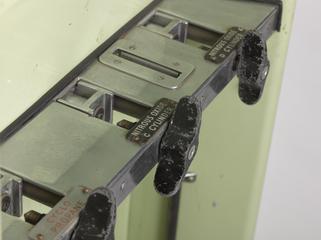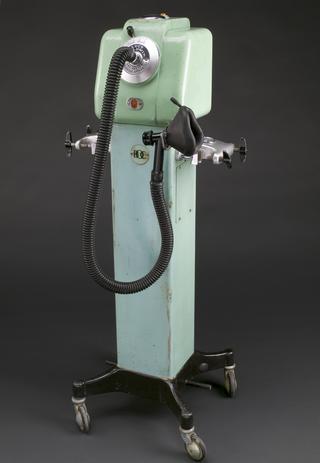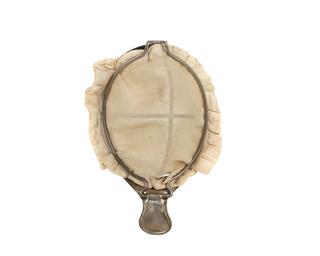
Early inhaler for ether anaesthesia
- maker:
- Weiss, John







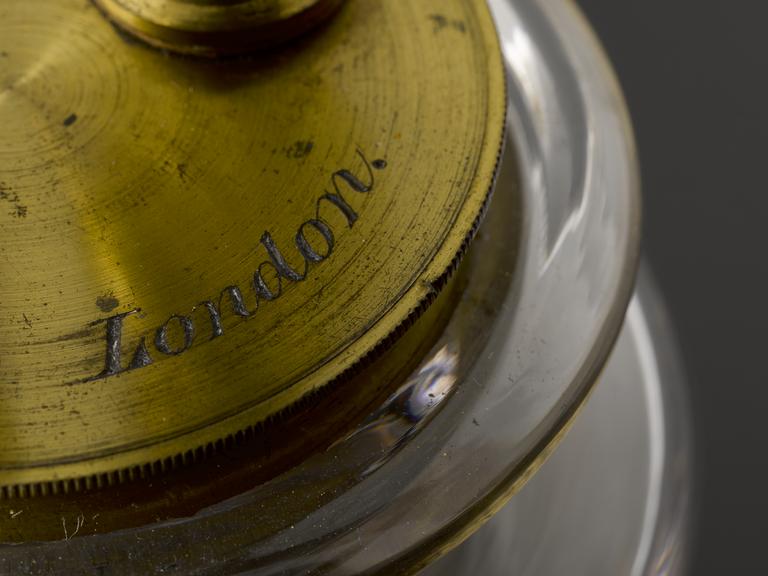

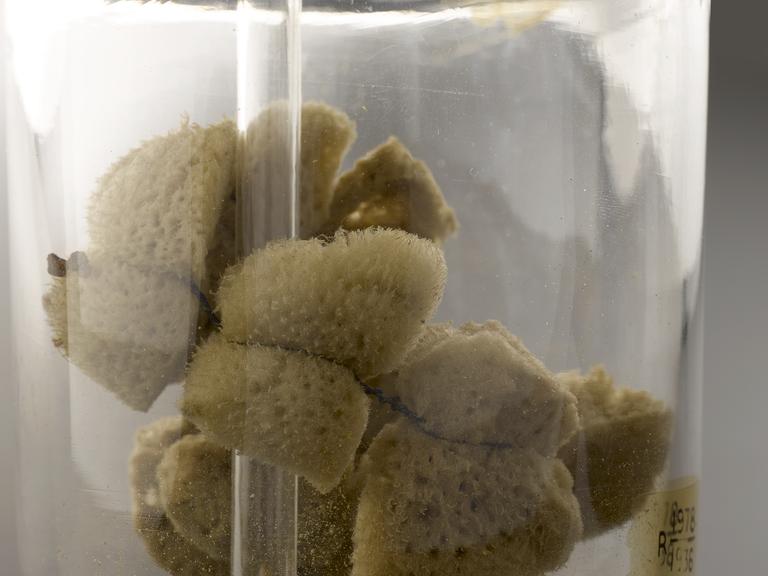

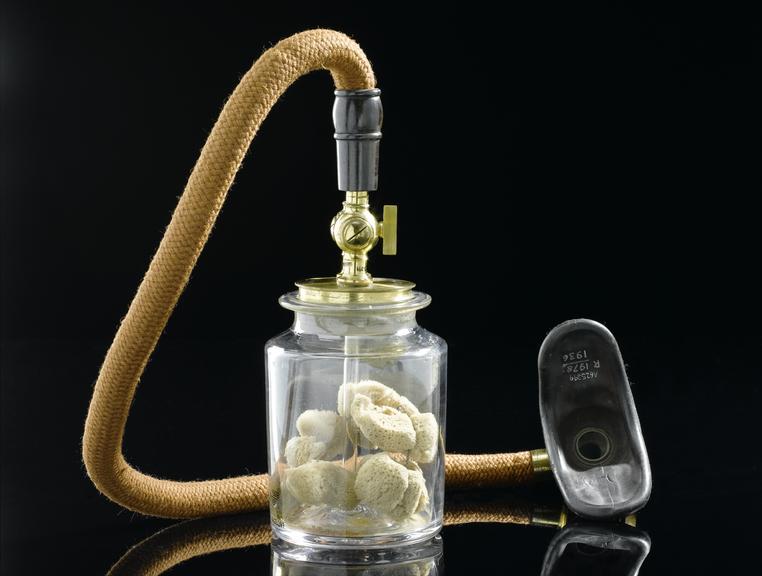
Early inhaler for ether anaesthesia, ether bottle connected by tubing to face mask, by Weiss of London, 1847-1848
Ether was first used as an anaesthetic in 1846 during the removal of a tooth. The dentist was William Thomas Green Morton (1819-1868), an American. This inhaler is adapted from Morton’s original. Morton called his invention the ‘Letheon Inhaler’ to keep the anaesthetising agent, ether, a secret and to control who used it.
Ether-soaked sponges were placed in the glass jar. Flexible rubber tubing connected the valve to the face mask so the patient could inhale the ether. The outlet valve has a glass tube attached so more ether can be put on the sponges if needed.
Details
- Category:
- Anaesthesiology
- Collection:
- Sir Henry Wellcome's Museum Collection
- Object Number:
- A625399
- Materials:
- complete, glass, brass (copper, zinc alloy), sponge, wood (unidentified), metal, cloth, metal (unknown) and rubber (unidentified)
- Measurements:
-
overall - as displayed: 265 mm x 315 mm x 185 mm, 85 mm, 1.14 kg
- type:
- anaesthetic mask and inhaler
- credit:
- Loan, Wellcome Trust

